
What is life like under the sea?
The ocean covers roughly 71% of our planet’s surface, and is by far the most dominant feature of our world. But what’s in it? Let’s dive in.
As you swim deeper into the depths of the ocean, you’ll feel the change in underwater pressure.

In fact, pressure increases by 14.7 pounds per square inch for every 33 foot increase in depth.
Just how vast and deep is the ocean exactly?
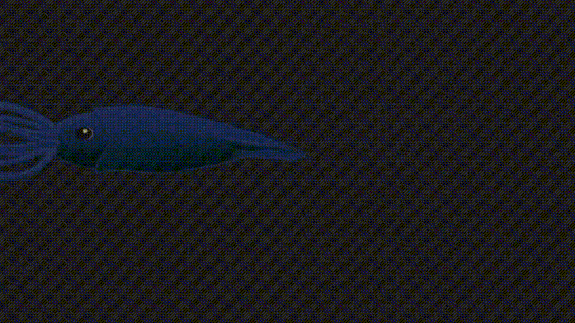
About 60% of the ocean is the cold and dark region known as the deep ocean. It reaches down 11,000 meters (almost 7 miles!). This remote zone, once thought to be devoid of life due to lack of sunlight, is one of the greatest habitats on Earth, harboring a huge diversity of life.
What kind of creatures can survive the deep ocean?
There is an abundance of weird and wonderful life forms that have adapted to the darkness. The anglerfish, with it’s cavernous mouth, spiky teeth and a lamp-like structure jutting from its head, is just one of these otherworldly creatures.
The deep sea is also the land of giants. Here, gargantuan squids can reach 18 meters long, and isopods scuttle around the sea floor like enormous woodlice. There are also long-limbed Japanese spider crabs, and oarfish, whose bodies stretch to 15 meters.
If you continue swimming up, you’ll see some more familiar predators.
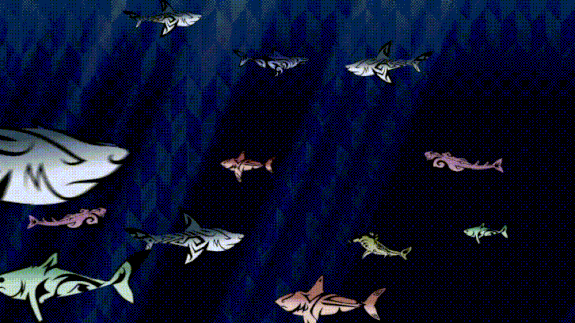
High in the food chain are sharks. Though you may have trouble finding them, they have no problem finding you. Modern-day sharks can smell a few drops of blood and hear sounds underwater from 800 meters away.
As if these heightened abilities weren’t enough, sharks can hunt using a network of electrosensory cells called ampullae of Lorenzini. These cells are filled with hypersensitive jelly which allows them to detect electrical signals from prey, including the slightest twitch of a muscle.
The oceans’ predators come in all shapes and sizes, though.
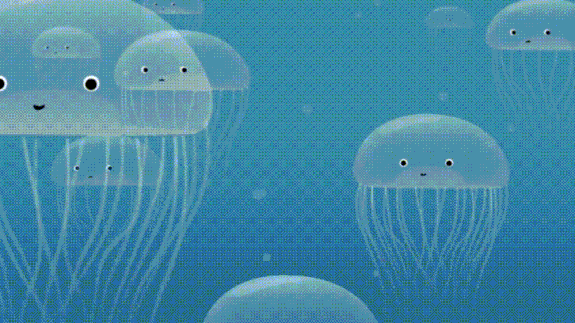
Don’t be fooled by a jellyfish’s beautiful and gelatinous body- they pack a painful punch. With bodies made up of 95% water, these delicate creatures must rely on thousands of venom- containing stinging cells called cnidocytes for protection and prey capture. The largest species of jellyfish has tentacles that can reach more than 100 feet long- longer than a blue whale.
Unfortunately, there’s an even more imposing danger than sharks or jellyfish.

Overfishing has become a severe threat to the survival of marine life. Long fishing lines with hundreds of hooks or huge nets round up massive amounts of fish, along with other species, like seabirds, turtles and dolphins.
Technology developed for war is now guiding ships.
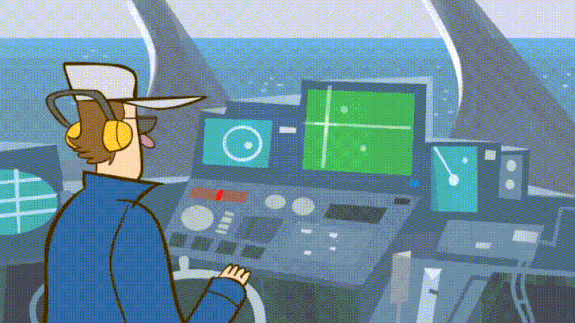
Radar, sonar, helicopters, and planes have enabled us to catch fish at greater depths and farther out at sea than ever before. And as the distance and depth of fishing have expanded, so has the variety of species we target. Almost 31% of the world’s fish populations are overfished.
It is essential that we protect the ocean.
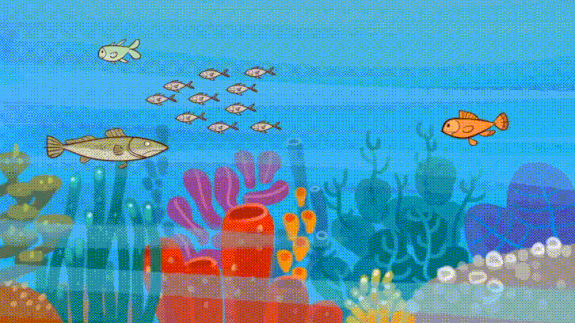
Overfishing damages ecosystems, food security, coastal communities and economies. Additionally, the ocean is like a vast underwater museum. With only a fraction of the ocean explored, preservations allow for discoveries to continue long into the future.
Want to learn more? Check out our Awesome Nature series.
Sources: The effects of underwater pressure on the body, The otherworldly creatures in the ocean’s deepest depths, How much of human history is on the bottom of the ocean?, Why are sharks so awesome?, How does a jellyfish sting?, and Will the ocean ever run out of fish?.




